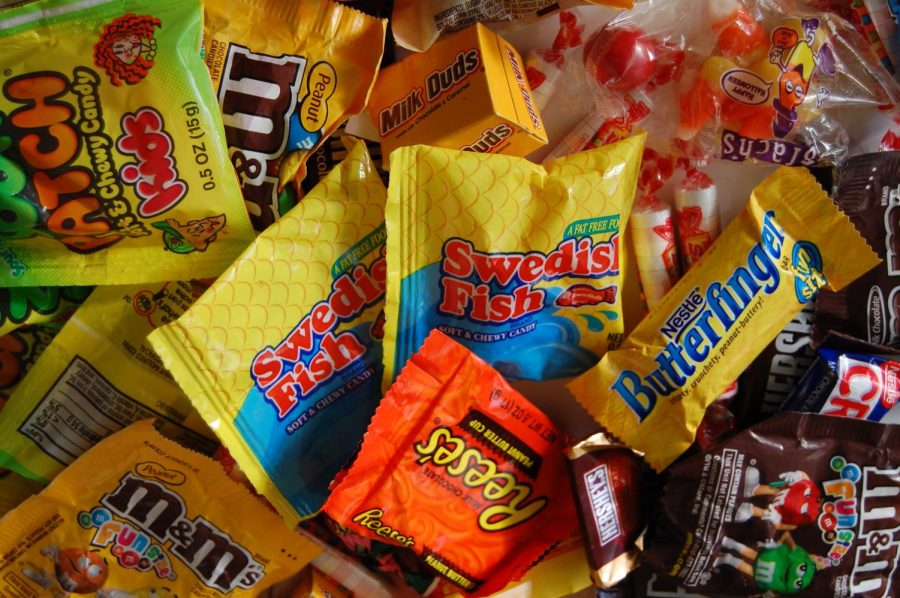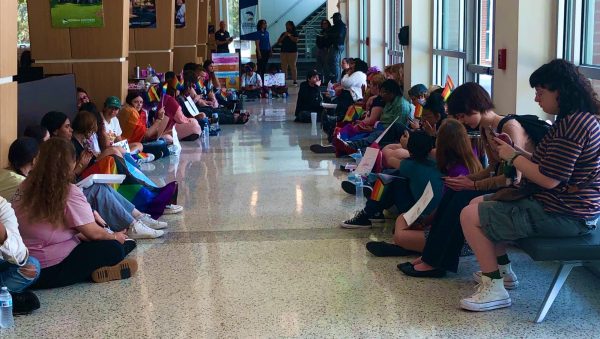(Op-Ed) Snickers, Skittles, Razorblades and THC?
“American Holiday” by Kevin Krejci
Can you name something more terrifying on Halloween than a hoard of miniature zombies banging on your door after you gave them licorice? I can, Halloween sadists are reported to be giving out laced candy that makes kids drop dead.
A quick google search will reveal that I just made that up, did I trick you?
Well here’s a treat; no one is putting razors in apples, handing out edibles or injecting rat poison into Reese’s cups. Still, the question remains. Where do these rumors stem from and why do we perpetuate these urban legends year after year?
Halloween has its roots in the Celtic fire festival Samhain in western Europe dating back some 2,000 years. The festival marked a believed muddle between the living, the dead and the mythical on the evening of October 31st. During this time it is alleged people made sacrifices, read fortunes and danced wearing costumes.
A Halloween resembling what we know today did not begin gaining prominence till the 15th century and arrived in America with the Irish immigration spike of the 19th century.
After World War II, the baby boom, spawning 76 million little monsters over 19 years, helped propel Halloween to a nationally celebrated holiday and the 10 billion-dollar industry it is today
Let’s get one thing straight: children have passed away on or near Halloween but no news sources have ever reported a death linked to an unknown Halloween sadist spiking candy. More frequently than not, the unknown sadist is actually a trusted adult or the child had an unrelated illness.
The First widely reported case was in 1970 when a 5-year-old boy succumbed to Halloween candy sprinkled with heroin. As it turns out the boy consumed heroin in his family’s home and the story was a poorly attempted cover-up.
In 1974, cyanide was found in 5 children’s pixy stix resulting in the death of an 8-year-old boy. Upon further investigation this senseless act was actually a calculated scheme by the boy’s father to pay off 100 thousand debt. After taking out life insurance policies on his two children, he attempted to kill them and make it look like a freak misfortune.
In 1990, a girl collapsed and passed away while trick or treating due to a heart condition, and in 2001, a girl passed from an infection the day after Halloween. Both incidents were first wrongly associated with tainted treats.
In 1980 Japan, America’s nightmare came true when the Mystery Man with 21 Faces – a group that captured media attention for evading police after kidnapping a multimillion-dollar corporation’s president – alleged to have laced candies with cyanide.
The corporation recalled all their candy and found no traces of tampering, but the damage was done. The group has never been identified, though they did resign after the head of police committed suicide in 1985.
More recently in 2018, a 5-year-old boy tested positive for meth after putting vampire teeth in his mouth he got from trick or treating, but again the father was to blame.
Urban legends like Halloween sadism feed on cognitive bias and fear-mongering to cement themselves into our minds.
This myth is deeply into the culture of Halloween if not because of the looming danger of a villain hidden in plain sight then because parents want a chance to pick through the good stuff before being terrorized by their sugar gremlins all night.
So sure, it is possible that some random freak is using the one night a year for hijinks to pull off the ultimate prank on little Billy in Swainsboro, but it’s just not likely.

















